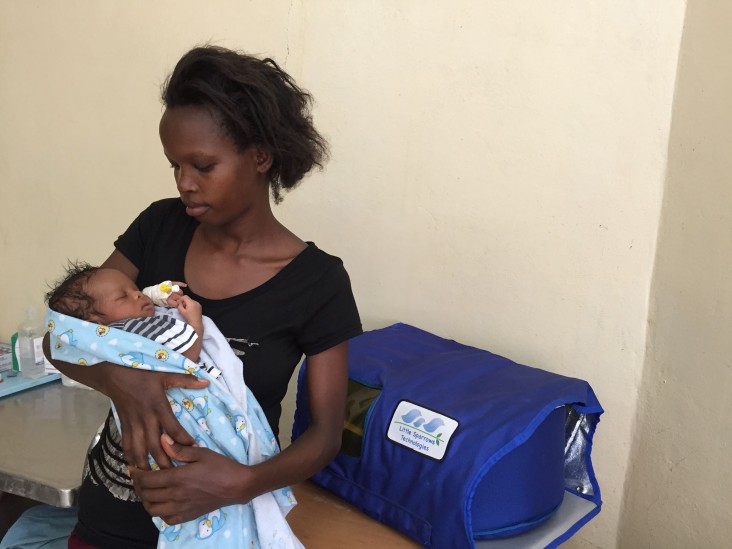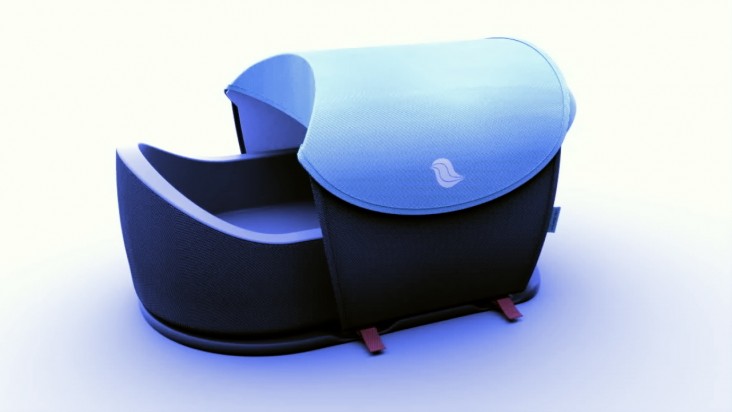
Six years ago, clinical neonatologist Donna Brezinski was taking care of a set of jaundiced twins in a small community hospital in northeastern Massachusetts. Jaundice is a common condition that causes a yellowish tint in a newborn’s skin caused by hyperbilirubinemia, or excessive bilirubin in the blood. It is easily treatable by a technology known as blue light phototherapy. However, phototherapy is costly in developing countries and when untreated, jaundice can lead to severe neurological problems or even death. The twins under Donna’s care had severe jaundice that required treatment but the hospital only had one phototherapy unit that met recommended standards. They fortunately came up with a second device that was stored in another location of the hospital, however this was not as effective as the one in the nursing which meant that one of the babies had to undergo longer treatment. Donna promptly ordered a second state of the art device, however was astonished at the expensive cost.
This experience got Donna thinking about how timely access to phototherapy can be difficult, even in the United States. One in ten newborns develops severe jaundice in their first week of life, yet 6 million babies never receive the phototherapy they need.1 “I did some research into the treatment and outcomes for jaundiced babies in developing countries. I discovered that they were dying of this very curable condition in large part because there wasn’t local access to effective treatment, especially in downstream areas without reliable electricity,” Donna says. That is when she came up with the idea to create a lightweight collapsible unit, much like a tent, that could run on a 12 V battery, such as a car or motorcycle battery. She promptly ordered materials from the internet, got out her sewing machine, and starting prototyping right there on her kitchen table.
Little Sparrows Technologies, a U.S. startup based in Boston, Massachusetts, was launched in 2013 by Donna and her husband, Gary Gilbert - both doctors affiliated with Harvard Medical School. They designed a durable and high-intensity jaundice treatment device that could reach babies everywhere, no matter the country they live in. They applied to Saving Lives at Birth in 2014 and were awarded a grant to support testing of their innovation. Known as the Bili-HutTM, this device takes blue energy-efficient LED lights to make a curved array of light that can be mounted to a reflective tent-like fabric. The hut, both lightweight and portable, can be used anywhere and allows the baby to be placed right next to its mother during phototherapy treatment.2

The Little Sparrows team received unexpected news when two physicians contacted them about the Bili-HutTM after finding their company on the internet. Dr. Alyssa Pfister from Kibuye Hope Hospital in Gitega, Burundi reached out because there were frequent power outages in her hospital, lasting as long as 10 hours, and the battery operated Bili-HutTM was just the thing they needed for her newborn unit. A second request came from Dr. Lwabanya Marx of the Van Norman Clinic in Bujumbura, Burundi who was pursuing a Master’s in Healthcare Leadership at Brown University. His thesis project was to improve neonatal care at his hospital and he wanted to bring the Bili-HutTM his newborn care unit. “It ended up being a huge coincidence that Dr. Pfister and Dr. Marx were both on the faculty of the medical school at Hope Africa University. They knew each other, but did not know the other had also reached out to us. Once we realized this, collaboration was very easy,” Donna says.
After receiving the requests from Burundi, USAID worked with Little Sparrows to quickly start field testing. USAID’s support allowed the team to have impact much sooner than they had expected. To date more than 100 newborns have been treated with the Bili-HutTM in the two Burundi field sites, demonstrating that the Bili-HutTM can quickly treat jaundice in resource-poor areas.
Ongoing USAID support is allowing Little Sparrows, a round 7 Saving Lives at Birth finalist, to continue work in Burundi and start rolling out the Bili-HutTM in more countries. They have partnered with Brigham and Women’s Hospital to integrate the Bili-HutTM with their innovation, the Icterometer. They have also received Phase I and II Small Business Innovation Research awards from the National Institutes of Health to support additional product development and commercialization of the Bili-HutTM in order to reach more countries globally that need this lifesaving innovation.
« Back to the Acting on the Call home page
1 https://little-sparrows-tech.com/
2 https://www.youtube.com/watch?v=7vClcGTW8vY







Comment
Make a general inquiry or suggest an improvement.